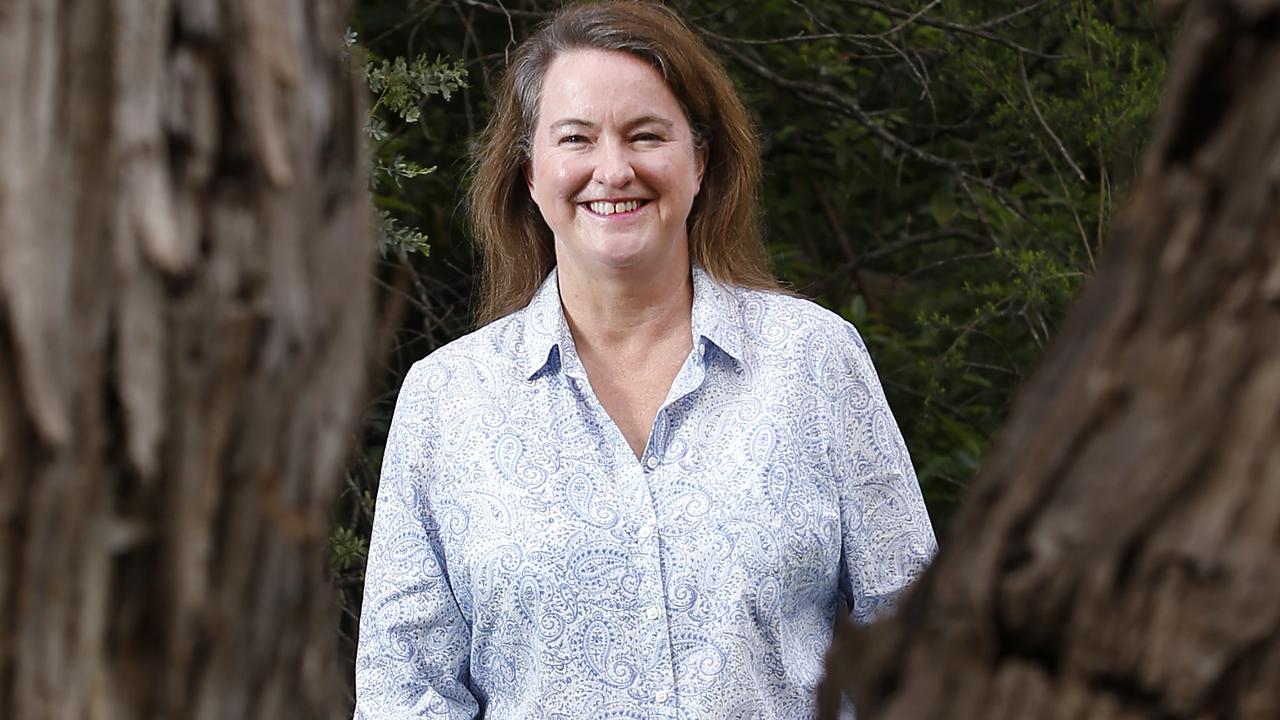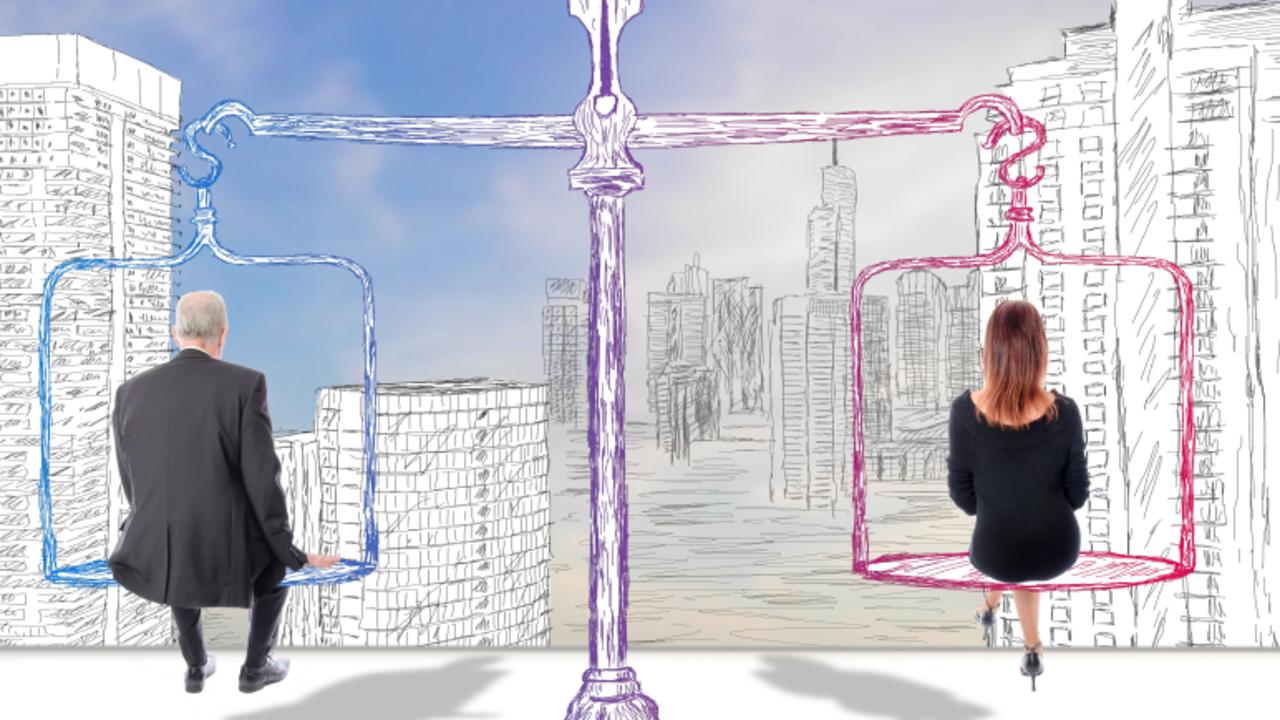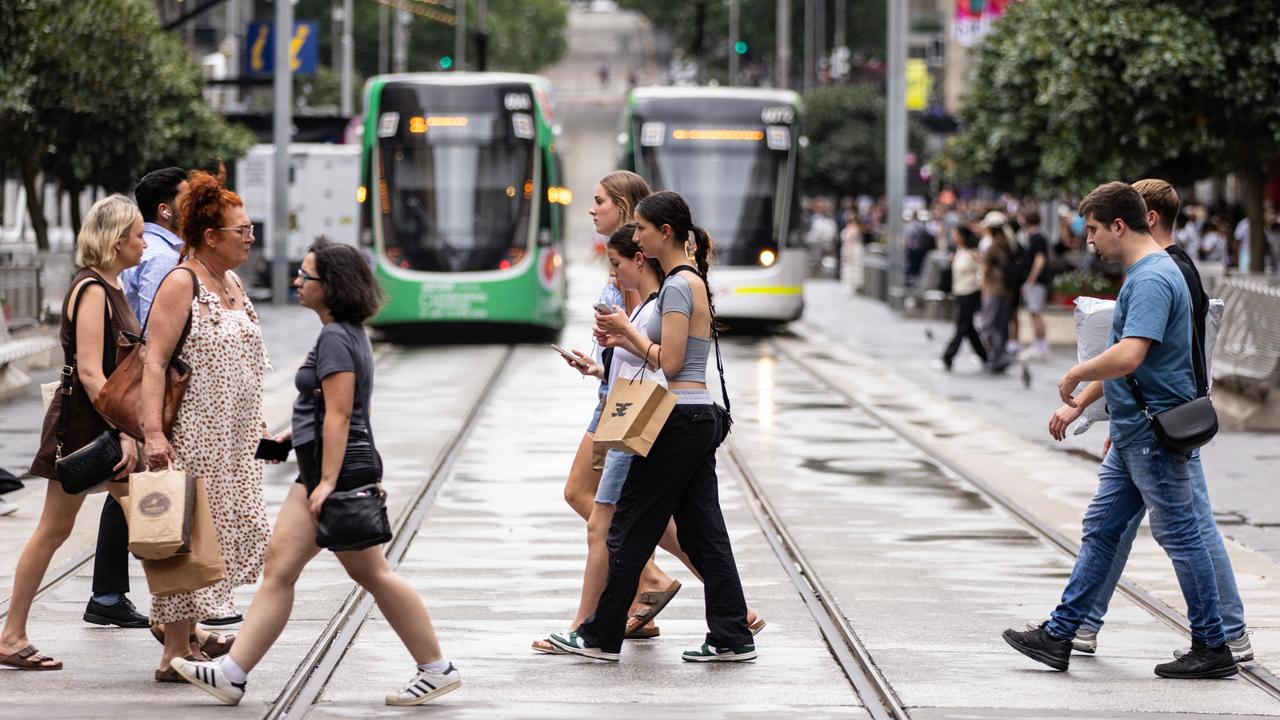Shocking pay gap between men and women
Australian women are earning dramatically less than men across all industries and occupations, with little improvement on the gender pay gap from previous years.

The shocking pay gap between woman and men in Australia has been revealed with females earning a whopping $25,800 less on average than males, new data has revealed.
The report from the Workplace Gender Equality Agency (WGEA) found that between 2020 and 2021 there were around 85 per cent of employers who still had pay gaps in favour of men.
Typically, women earned $7.72 for every $10 men made and every one of the 19 industries in Australia still has a pay gap in favour of men – even those where women comprise most employees such as health care and social assistance.
Men are twice as likely to be paid top dollars compared to women too raking in a salary of $120,000 and above.
Meanwhile, it’s virtually the reverse for women, who are substantially overrepresented at the bottom level of all earners with salaries of $60,000 and less.

Mary Wooldridge, director of WGEA, said from the very top-down women are undervalued in Australian businesses and under-represented where decisions are made.
“Our latest insights show this pattern clearly: 22 per cent of all boards still don’t have a single
woman in the room and about three quarters of all boards have a vast majority of men,” she said.
“Of those heavily male-dominated boards, only 12 per cent have set a target to increase the
representation of women, and on average that target is only 35 per cent – not even what is generally considered a balanced board.”
Less than one in five CEOs are women, but in a glimmer of hope 47 per cent of managerial promotions went to women and for the first time females now account for over four in 10 of all managers.
“There need to be clear pathways for women to work in the right line roles so they can take the next step to leading organisations,” Ms Woolridge said.
“Research we conducted with the Bankwest Curtin Economics Centre found that we will not see gender parity at CEO level for another 80 years on current rates of progress.”

Construction overtook finance and professional services as the industry with the largest pay gap with a 30.6 per cent difference between the genders, followed by 29.5 per cent in finance.
Despite the high ranking, the finance industry has seen one of the strongest reductions over
time, reducing its gender pay gap by 9.2 per cent over eight years, the report found.
This is attributed to 76 per cent of finance organisations conducting pay gap audits.
“Nearly half of employers who did a pay audit took no subsequent action, many believing the
gaps identified are explainable or justified. However, just because a pay gap is understandable
doesn’t mean it’s right: action can and should be taken,” Ms Wooldridge said.
The reports, which examined employers with 100 or more employees, found that while four in 10 employers narrowed their pay gap since last year, it widened for 37 per cent of employers, and 21 per cent remained generally static.

Ms Wooldridge added that more women in leadership positions is associated with declining gender pay gaps, while actions to correct gender pay gaps were three times more effective when combined with reporting to the executive or board.
“Organisations that are transparent and accountable with their pay gap audits saw an average reduction of 3.3 percentage points in their organisation-wide gender pay gap in one year,” she noted.
However, employers have increased their support across areas like flexible work, paid domestic violence leave and parental leave, the report found.
“Employers have responded to Covid challenges and increased their support for staff in their
caring roles and for their personal circumstances,” she said.
“We’ve seen an increase in flexible work policies and approval rates; paid domestic violence leave is now offered by more than half of organisations – a massive fourfold increase since 2015-16, and 3 in 5 employers are now offering paid parental leave.”

These policies and practices are no longer just the right thing to do, she added.
More Coverage
“They actually set employers apart and act to attract the talent they need for their businesses in a tight talent market,” she said.
Three in five Australian employers are now offering paid parental leave too.
Of employers offering paid parental leave, four in five also pay superannuation during the employer-funded leave, and 7 per cent of those also pay super on government-funded parental leave.






